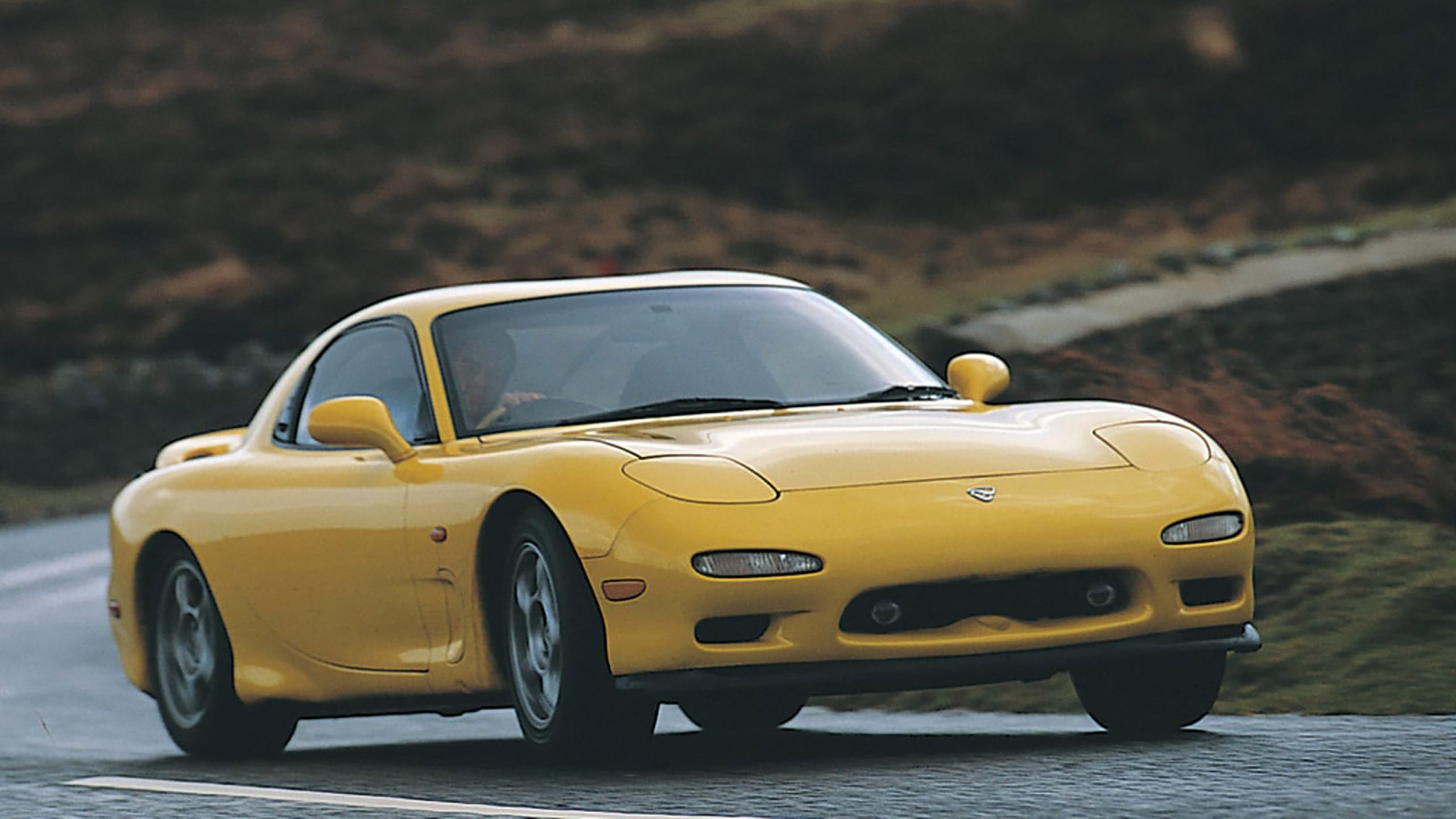In the world of automobiles, innovation has always been the driving force. While some technologies have faded into the annals of history, others continue to capture the imagination of automotive enthusiasts worldwide. One such innovation is the rotary engine, a unique and intriguing piece of engineering that has left an indelible mark on the automotive landscape. In this article, we’ll delve into the fascinating world of rotary cars, exploring what they are and why they still hold a special place in the hearts of motorsports fans.
To understand what a rotary car is, we first need to explore the unconventional engine that powers it: the rotary engine, also known as a Wankel engine. Unlike the more common piston engines found in most vehicles, rotary engines operate on a fundamentally different principle. Instead of pistons moving up and down in cylinders, a rotary engine features a rotor that rotates in a housing, creating the necessary motion for combustion.
Mazda, the Japanese automaker, is undeniably the torchbearer for rotary engines. They introduced the world to this technology in the 1960s and continue to produce rotary-powered vehicles today. Their commitment to this unique engine type has kept the spirit of rotary cars alive. But what makes rotary engines so special?
One of the key advantages of rotary engines is their remarkable power-to-weight ratio. Due to their compact design and lightweight components, rotary engines can produce a substantial amount of power relative to their size. This characteristic makes rotary cars agile and responsive, a perfect fit for motorsports where acceleration and handling are paramount.
Moreover, the smoothness of rotary engines is another remarkable feature. With fewer moving parts compared to piston engines, there are fewer vibrations, resulting in a smoother and quieter ride. This unique characteristic has earned rotary engines a cult following among enthusiasts who appreciate the distinctive driving experience they offer.
In the realm of motorsports, rotary cars have achieved legendary status. They have a storied history of dominating events such as the 24 Hours of Le Mans and the World Rally Championship. The Mazda 787B, powered by a four-rotor Wankel engine, famously clinched victory at the 1991 24 Hours of Le Mans, becoming the first and only rotary-powered car to do so.
However, it’s not just Mazda that has embraced rotary power. Over the years, other manufacturers, including NSU, Citroën, and even General Motors, have experimented with rotary engines in their vehicles. While many of these endeavors were short-lived, they demonstrated the widespread intrigue surrounding this technology.
Despite their advantages and achievements in motorsports, rotary engines do have their drawbacks. They tend to be less fuel-efficient and emit more emissions compared to piston engines. These issues, along with advancements in piston engine technology, led to the decline of rotary engines in mainstream automotive production.
Today, rotary cars are a niche market, primarily represented by Mazda’s RX series, with models like the RX-7 and RX-8. Enthusiasts continue to cherish these vehicles for their unique character and driving experience. However, they are no longer the mainstream choice they once were.
In conclusion, a rotary car is a vehicle powered by a rotary engine, a unique and unconventional piece of automotive engineering. While rotary engines have their advantages, such as a high power-to-weight ratio and smoothness, they also come with drawbacks like reduced fuel efficiency. Mazda remains at the forefront of rotary engine technology, ensuring that the spirit of rotary cars lives on in the hearts of motorsports enthusiasts.
So, while rotary cars may no longer be in vogue in the mainstream automotive industry, their legacy endures, and they continue to captivate and inspire those who appreciate the art of engineering and the thrill of driving.










